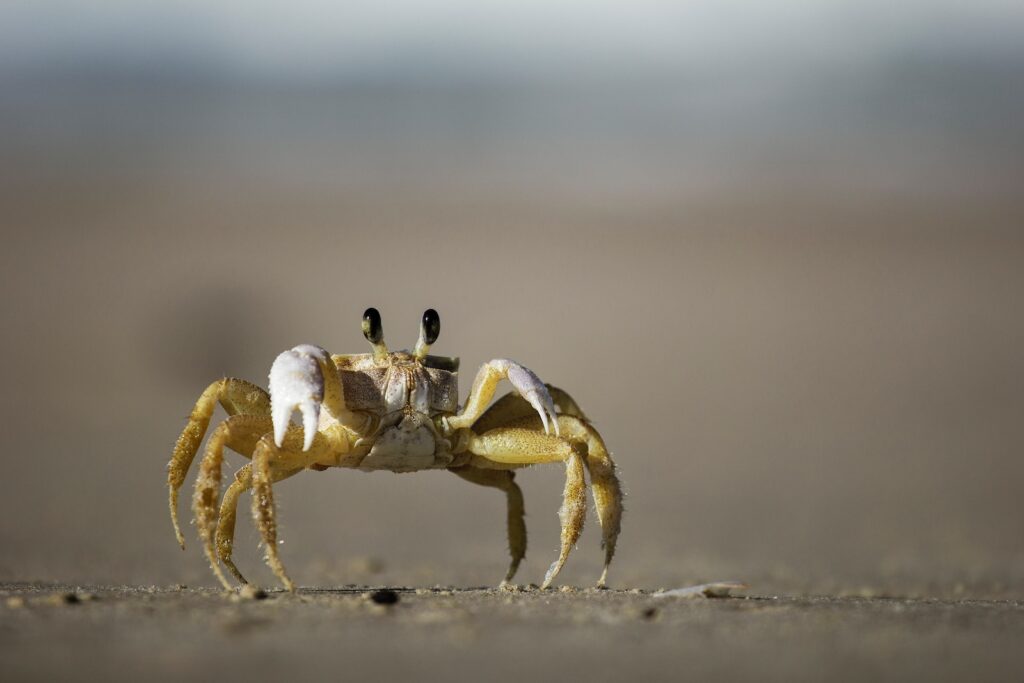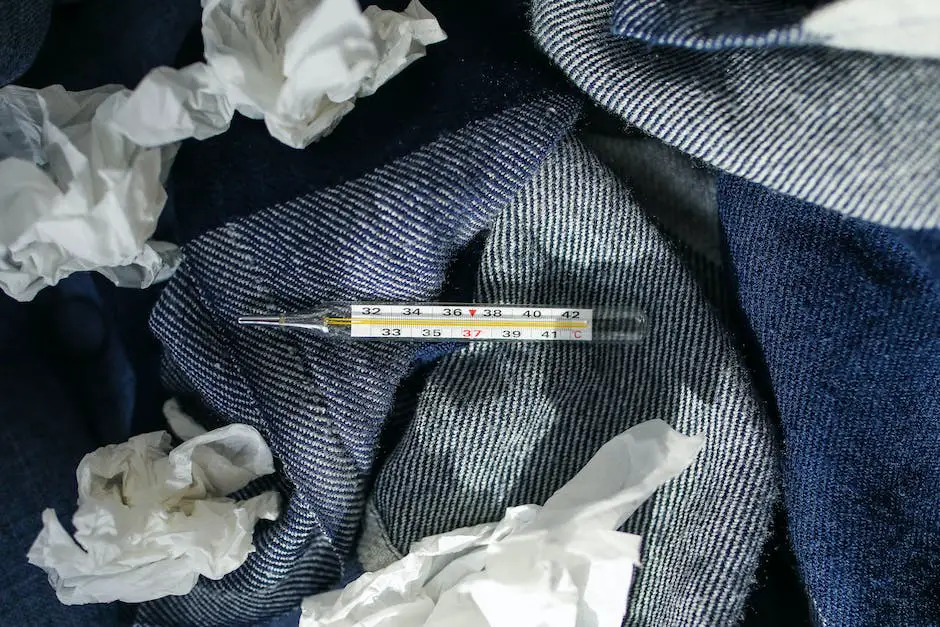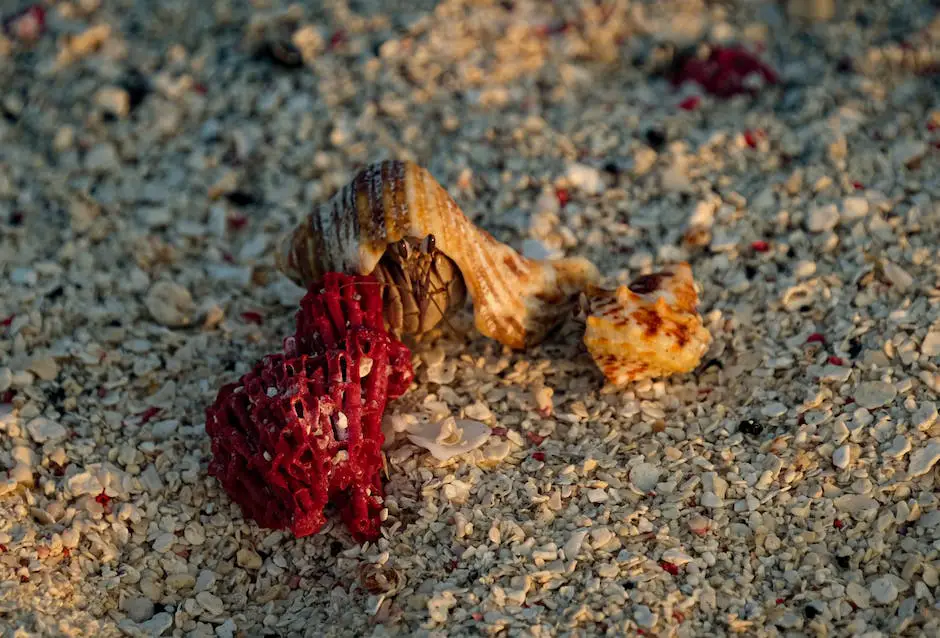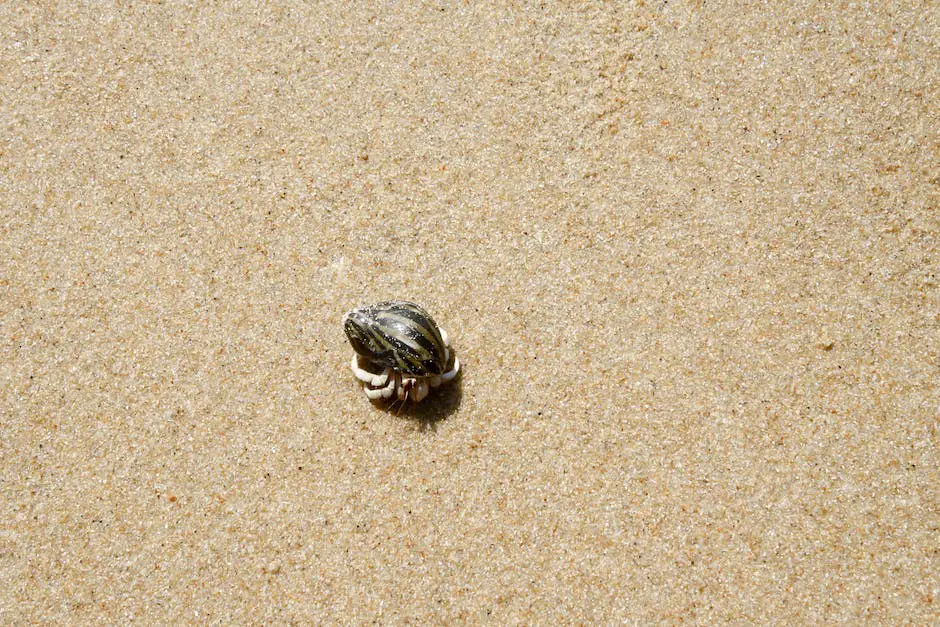The Ultimate Guide to Hermit Crab Care
Dusting off the mystery surrounding pet care, it’s intriguing to delve into the whimsical world of hermit crabs. Hermit crabs are charming, quirky little creatures that can make for fantastic pets, particularly for individuals who appreciate the beauty of the slightly less common species in the animal kingdom.
Primarily focusing on their basic needs, which entail providing appropriate temperature, understanding the vitality of humidity, and comprehending their dietary necessities, the knowledge cinched is paramount. As we venture into this fascinating journey, we’ll also walk you through creating the perfect crab-friendly habitat, outlining the importance of a suitable tank, the right humidity and temperature balance, and the need for appropriate substrates, essential hiding spots, and climbing toys.

Understanding Hermit Crab Basic Needs
Understanding A Hermit Crab’s Temperature Requirements
Hermit crabs thrive in various conditions, and different species may have slightly differing needs. But generally, the ideal temperature range falls between 72 and 80 degrees Fahrenheit (22 to 27 degrees Celsius). Much like these creatures would encounter in their natural, beach-side habitats, colder temperatures might cause lethargy, while too-high temperatures can lead to fatal overheating. Therefore, balancing the temperature in their enclosures is critical. A tank thermometer coupled with a heating mat (for colder months) can help maintain an optimal temperature.
The Importance of Humidity to Hermit Crabs
Humidity plays a crucial role in a hermit crab’s life because they breathe through gills, not lungs. These animals need moisture-laden air to breathe properly. The ideal humidity level inside their habitat should be around 70–80%. This can be maintained by keeping a fresh and saltwater dish in their tank, misting the tank with dechlorinated water, and using a substrate that helps retain moisture, such as coconut fiber. A hygrometer, an instrument to measure humidity, should ideally be used to monitor the tank’s humidity levels.
Feeding Requirements and Diet of Hermit Crabs
Hermit crabs are omnivorous scavengers; they’re not particularly fussy eaters. A balanced diet for these creatures should consist of fruits, vegetables, nuts, seeds, and proteins like fish and cooked chicken. They also derive calcium from cuttlebones and crushed eggshells, which are needed for their exoskeleton. Provide them with a variety of food options to keep them healthy and active. However, avoid giving them foods with preservatives, additives, and salts.
Identifying Good Hydration Practices
As mentioned, hermit crabs need both freshwater and saltwater to survive. They obtain hydration from freshwater, while saltwater is essential for their body processes. Make sure that both types of water are dechlorinated, as chlorine is harmful to them. The crab should be able to fully submerge in the water dishes but still easily crawl out to prevent drowning.
Overall, understanding and catering to these basic needs of a hermit crab can ensure their good health and longevity. Regular monitoring of their environment, diet, and overall health is beneficial in managing potential issues that may emerge. Being knowledgeable about the needs of your crab can result in a happy, healthy pet.

Setting up a Crab-friendly Habitat
Choosing a Suitable Tank for Your Hermit Crab
The first crucial step in setting up the right environment for your hermit crab is selecting an appropriate tank. Glass is the most suitable material, as it enables effortless maintenance and provides a clear view of your pet. A minimum size of 10 gallons is recommended for one crab. The convenience of multiple hermit crabs, however, significantly requires a bigger tank. Bear in mind that hermit crabs thrive more in horizontal space than vertical; hence, a long rather than tall tank is appropriate. They also love to burrow and climb, so ample space is paramount.
Setting the Correct Humidity and Temperature Levels
Humidity and temperature are critical aspects of a hermit crab’s environment. Being tropical creatures, they thrive in humidity levels around 70–80%. Overhead sprays, substrate watering, and having a large water dish can help maintain this level. A humidity gauge is necessary for accurate monitoring. Temperature-wise, try to maintain a consistent gradient from 22 to 26 degrees Celsius. Thermostatic control can be obtained via heat mats or bulbs. Always verify temperatures with a reliable thermometer.
Providing Suitable Substrates
A substrate is the material you place at the bottom of the tank. It serves as a medium for hermit crabs to burrow and has a key role in their molting process. In choosing a substrate, avoid gravel or calcium sand. Instead, opt for a mixture of coir (coconut fiber) and play sand, at ratios that allow for a firm but diggable consistency. The substrate should ideally be deep enough to allow your crab to bury itself completely.
Essential Items: Hiding Spots and Climbing Toys
Hermit crabs are social yet occasionally crave privacy, making hiding spots an essential feature in their environment. Rocks, driftwood, and plastic or ceramic decor can serve this role, but ensure everything is sterilized to prevent bacterial contamination. Climbing toys like cholla wood, nets, and ladders provide necessary exercise for them, help decrease boredom, and enhance the enrichment of their habitat.
Regular Monitoring and Maintenance
With all these components appropriately in place, regular monitoring and maintenance are required to ensure your hermit crab stays healthy and contented. The substrate should be spot-cleaned regularly, and humidity and temperature must be frequently checked and adjusted as necessary. Water dishes should be cleaned and refreshed daily to prevent bacterial build-up. To sum it up, your hermit crab’s environment needs tact, commitment, and a touch of creativity.

Health and Maintenance
Understanding Hermit Crab Health Issues
Recognizing health issues in hermit crabs necessitates a basic understanding of their normal behaviours and physical appearances. Healthy crabs are typically active, especially during the night; they can be seen frequently exploring their surroundings, and they enjoy climbing and digging. The physical state of a healthy crab includes vivid colors and well-extended eyestalks, while the exoskeleton does not display any unusual marks or discolored patches.
Unusual behaviours might include lethargy, inactivity, and irregular eating and drinking habits. Physically, a crab facing health issues might exhibit signs such as dull, faded colours, drooping eyestalks, a limp body, and possibly a foul smell. Molting, however, is a natural process in the life of a hermit crab, so a change in colour, lack of movement, or missing limbs might just as well be signs of molting.
Common Health Issues in Hermit Crabs
One common health issue in hermit crabs is a condition known as “crab stress,” which is often caused by changes in the environment or inappropriate living conditions. Symptoms of this condition include loss of limbs and discoloration. Other health issues include mites and shell disease, which often result from poor sanitation and inadequate maintenance. Mites can be recognized as small, moving specks on the crab’s body, while shell disease appears as dark, pitted areas on the shell.
Seeking Treatment for Hermit Crabs
If you suspect your crab is suffering from any health issue, the first step is to ensure you are providing them with the ideal living conditions. This includes maintaining the appropriate temperatures, humidity levels, and diet. Reducing stress factors, such as unnecessary handling or loud noises, can also help.
Should symptoms persist after making these adjustments, consult a vet who specializes in exotic pets. They may provide medications or specific treatments to help your pet recover. For instance, mites can be treated with miticides, while antibiotics are used to manage bacterial infections.
Maintenance and Prevention
Regular and thorough maintenance of your hermit crab’s tank is crucial to preventing bacterial and fungal growth. This includes cleaning the tank, changing the substrate, and removing uneaten food on a regular basis.
Start by removing the crabs and any decorations, then clean the tank with a mild, pet-safe cleaner. Make sure to rinse thoroughly and allow the tank to dry completely before replacing the substrate. You should use a mix of sand and coconut fiber, which is ideal for burrowing.
Uneaten food should be removed daily, and the water bowls need to be cleaned and filled with fresh water every day. Once a month, check for any signs of mould or fungi, particularly in corners or under decorations. If you find any, clean the affected area thoroughly and replace the substrate if necessary.
CONCLUSION
Regularly carrying out these checks and adjustments will ensure the health and longevity of your hermit crabs. The key to prevention is keeping a close eye on your hermit crabs’ behaviour and their home and making necessary modifications promptly. When in doubt, always consult a professional for advice.

The exhilaration of probing into the details of creating a wholesome habitat, mastering the subtleties of the hermit crab’s cardinal needs, and discerning health and maintenance issues is certainly enlightening. Maintaining your hermit crab’s well-being encompasses regular tank cleaning and substrate replacement, preventing bacterial and fungal growth—a critical step often overlooked.
Recognising health issues in your crab will enable you to promptly seek expert advice and treatment, ensuring your pet leads a comfortable and active life. And with this, keen crab enthusiasts are equipped with comprehensive knowledge to foster and care for these charmingly secretive creatures, ensuring their journey is as rewarding an experience as it can possibly be.

